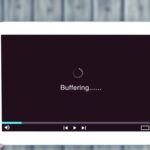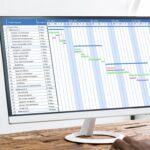
Small-Block Online Course Design: What We Can Learn from MOOCs
The format of face-to-face education encourages “big-block” course design. Faculty are assigned one to three classes per week, each between 50 minutes and three hours

The format of face-to-face education encourages “big-block” course design. Faculty are assigned one to three classes per week, each between 50 minutes and three hours

Nearly all teachers today use PowerPoint or Google Slides presentations to accompany their synchronous lessons. At the same time, students have laptops, tablets, or smartphones

We learn best by returning to the same content over and over, reflecting on it each time to deepen our understanding. This is because knowledge

As teachers, we would like to believe that when students do the assigned reading, they will understand the content it covers and so can be

It is best practice to open online courses with a welcome to students. The online format will be new for many students—in particular, adult students

The digital storytelling video format (sometimes called “audio slideshow”) is one of the simplest, yet most powerful, formats for delivering online lessons. By combining imagery

Retention improves when students can engage content at the time they encounter it, through questions or other interactions that move information from their immediate working

E-books are becoming ever more popular in education. They are cheaper for students and better for the environment than print books, saving about 9.8 million

Tablet capture is an underused format for making online teaching videos. Made famous by the Khan Academy, it involves writing on a tablet while recording

Anyone who has used group projects in their teaching knows that they can be a double-edged sword. While they can teach valuable collaboration skills that